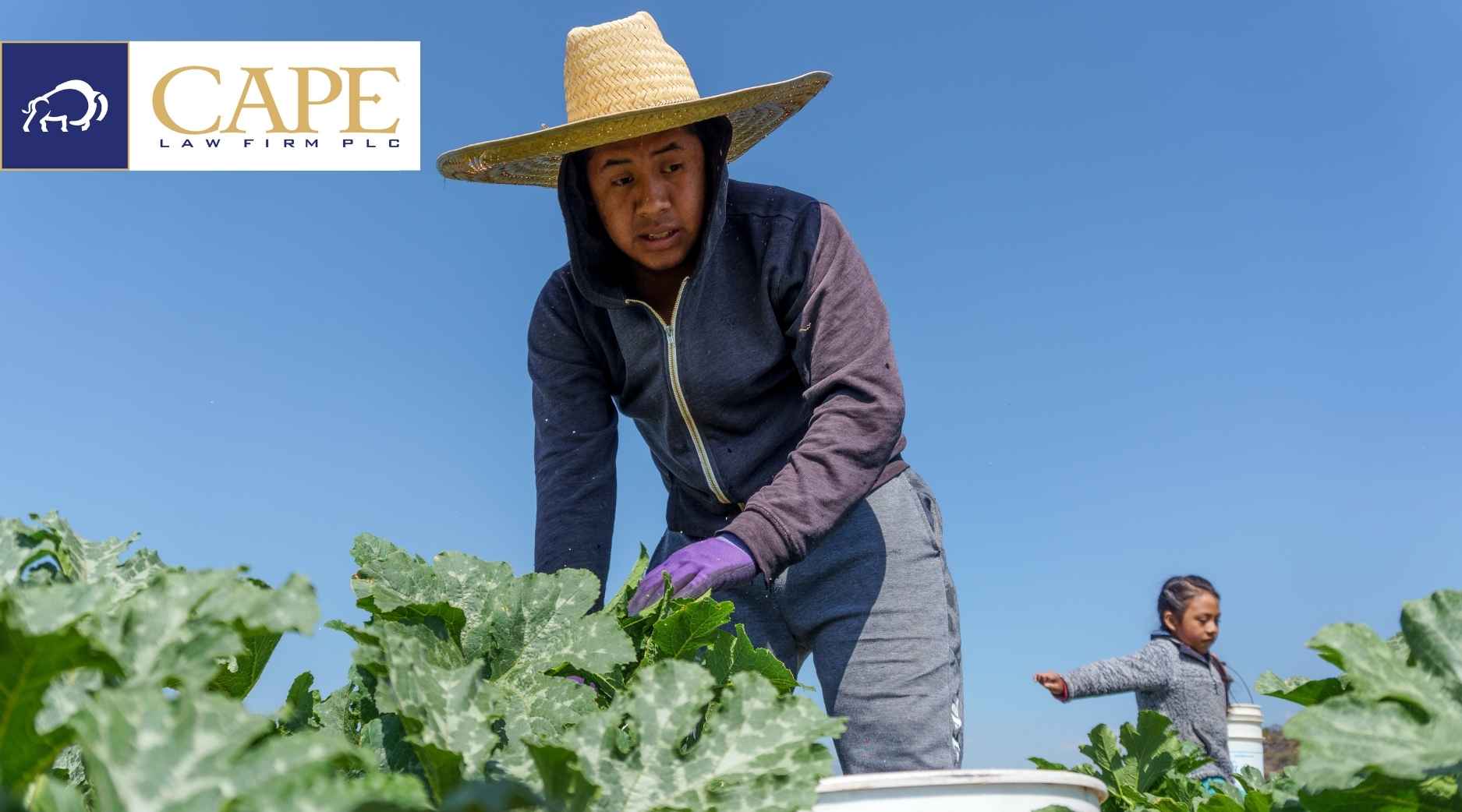Growing a good crop – be it grain or vegetables – depends a lot on the quality of seed put into the ground. But how do you know whether the seed is any good? Plant it and wait? Most folks don’t have the time and money to wait until the growing season is half over to find out if there is going to be a harvest. You need reliable information about the seed before it goes in the ground.
Enter the Federal Seed Act, a “truth in labeling” law for agricultural and vegetable seed. Since 1939, the Federal Seed Act has provided a set of standards for labeling seed with useful information. Every state also has a seed law which parallels the Federal Seed Act. With few exceptions, all seed that is intended to be planted must be labeled. And that label must contain key information about the seed inside the container.
The information on a label typically includes:
- Kind of seed (wheat)
- Variety name (Stupendous Golden wheat)
- Lot number
- Germination percentage
- Month and year of the germination test
- Name of the shipper or seller
The label requirements will vary somewhat depending on the particular seed (e.g., agricultural, vegetable, hybrid, treated, etc.). Agricultural seed generally has additional requirements, such as percentage of weed seeds, percentage of “other seeds,” and percentage of inert matter. Much of the label data is generated by testing in a seed lab and from the producer’s records of seed production.
Why does it matter? For starters, the seed label becomes an express warranty to the purchaser, subjecting the seller to damages in a civil suit. Federal and state regulators can also seize mislabeled seed and prosecute violations criminally.
Getting the label right requires good record keeping, a reputable seed lab, and tight agreements with the producers and distributors. We always recommend that our clients address these issues in Production Contracts, Distribution Agreements, and Licenses.




